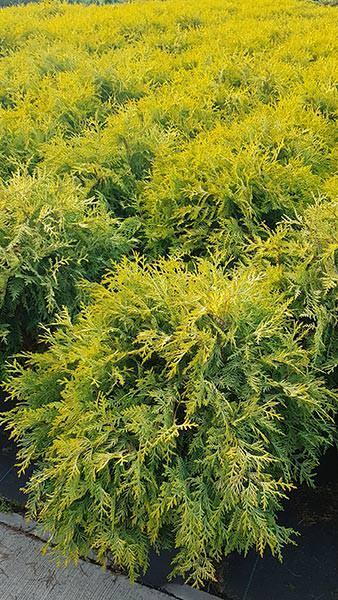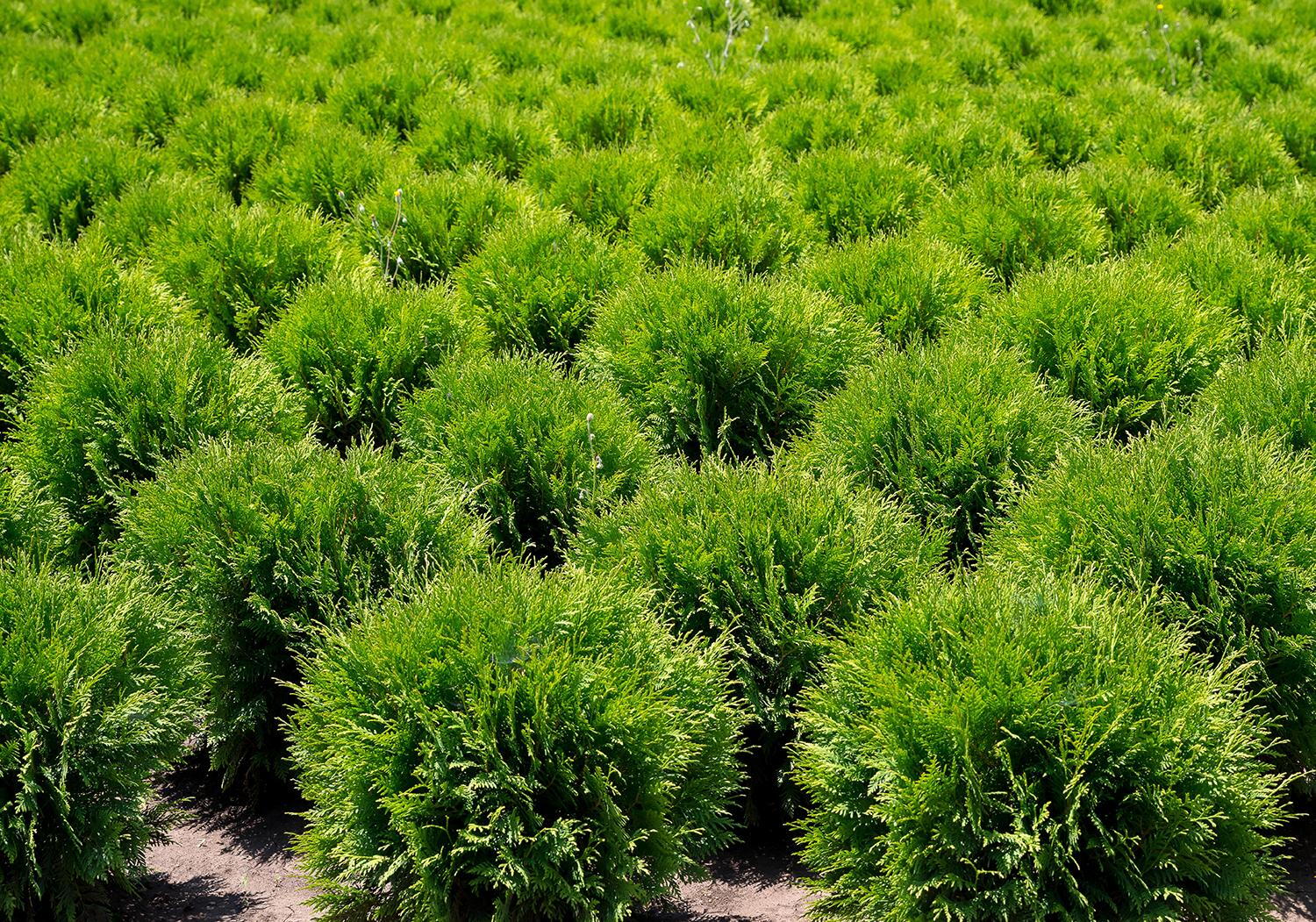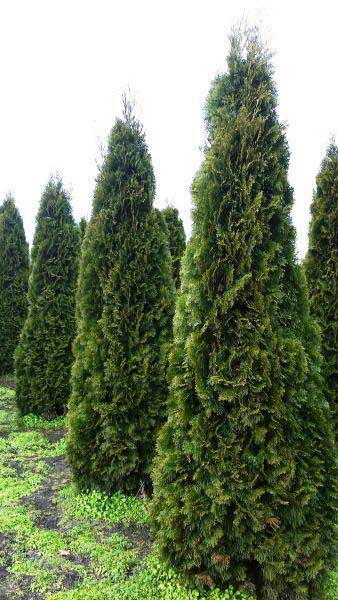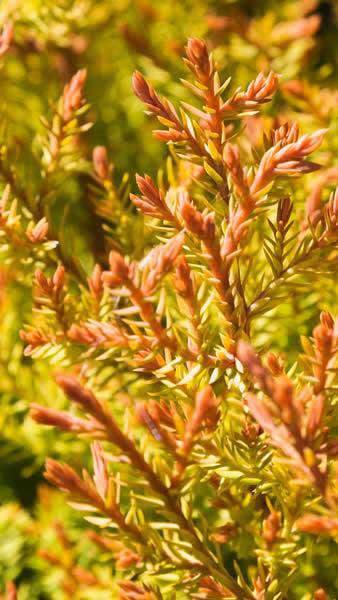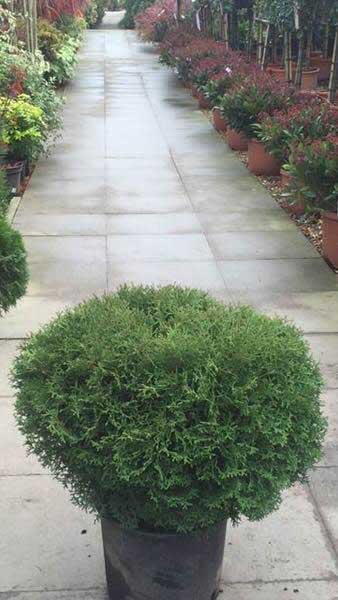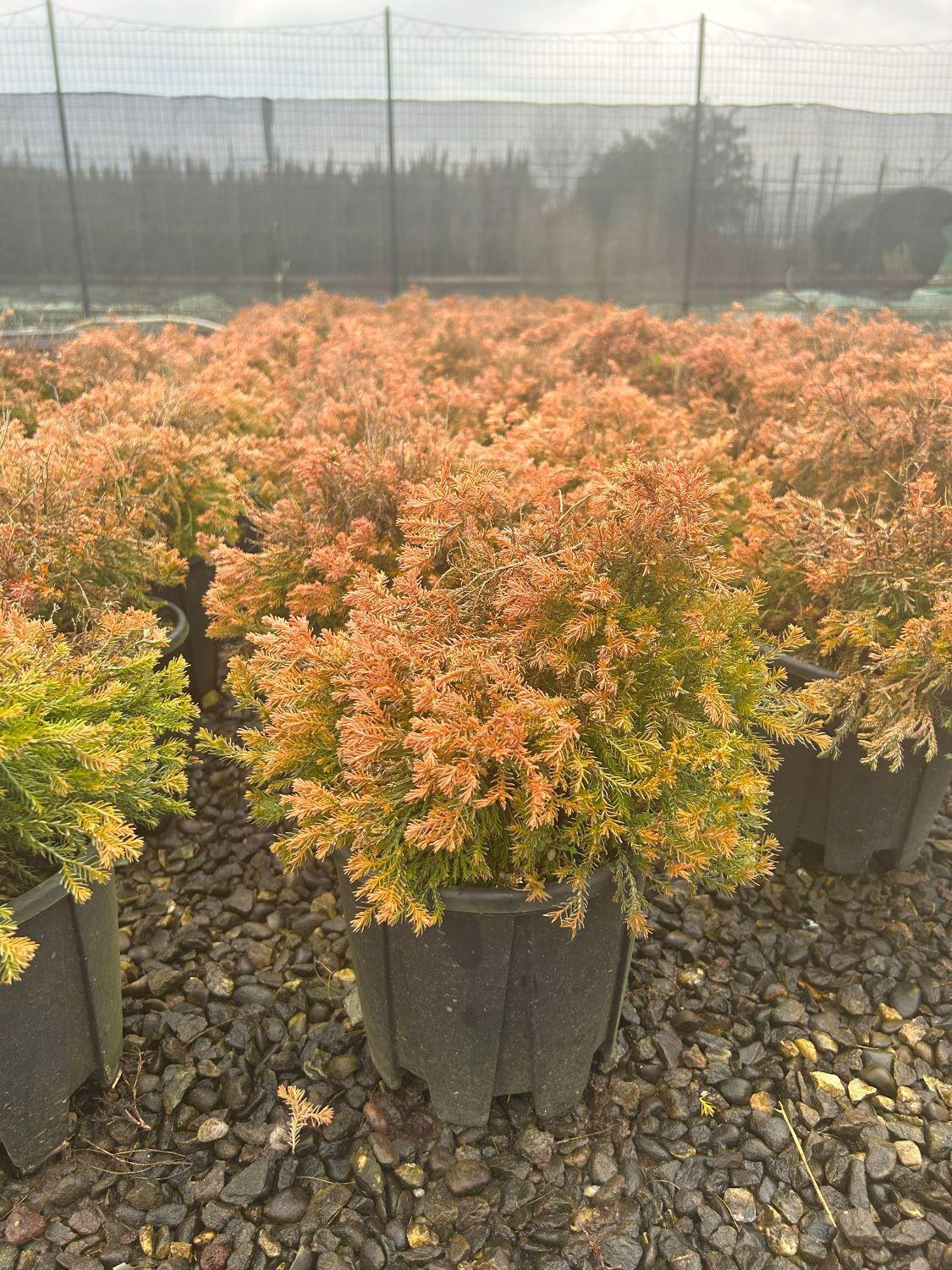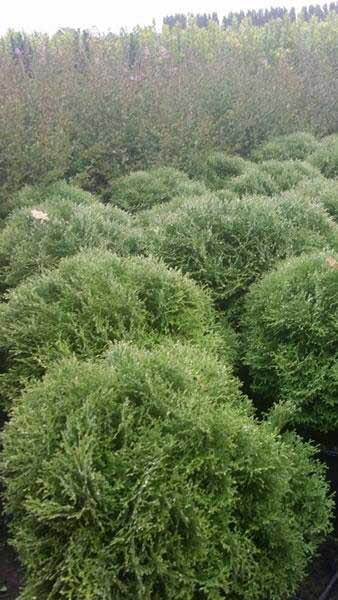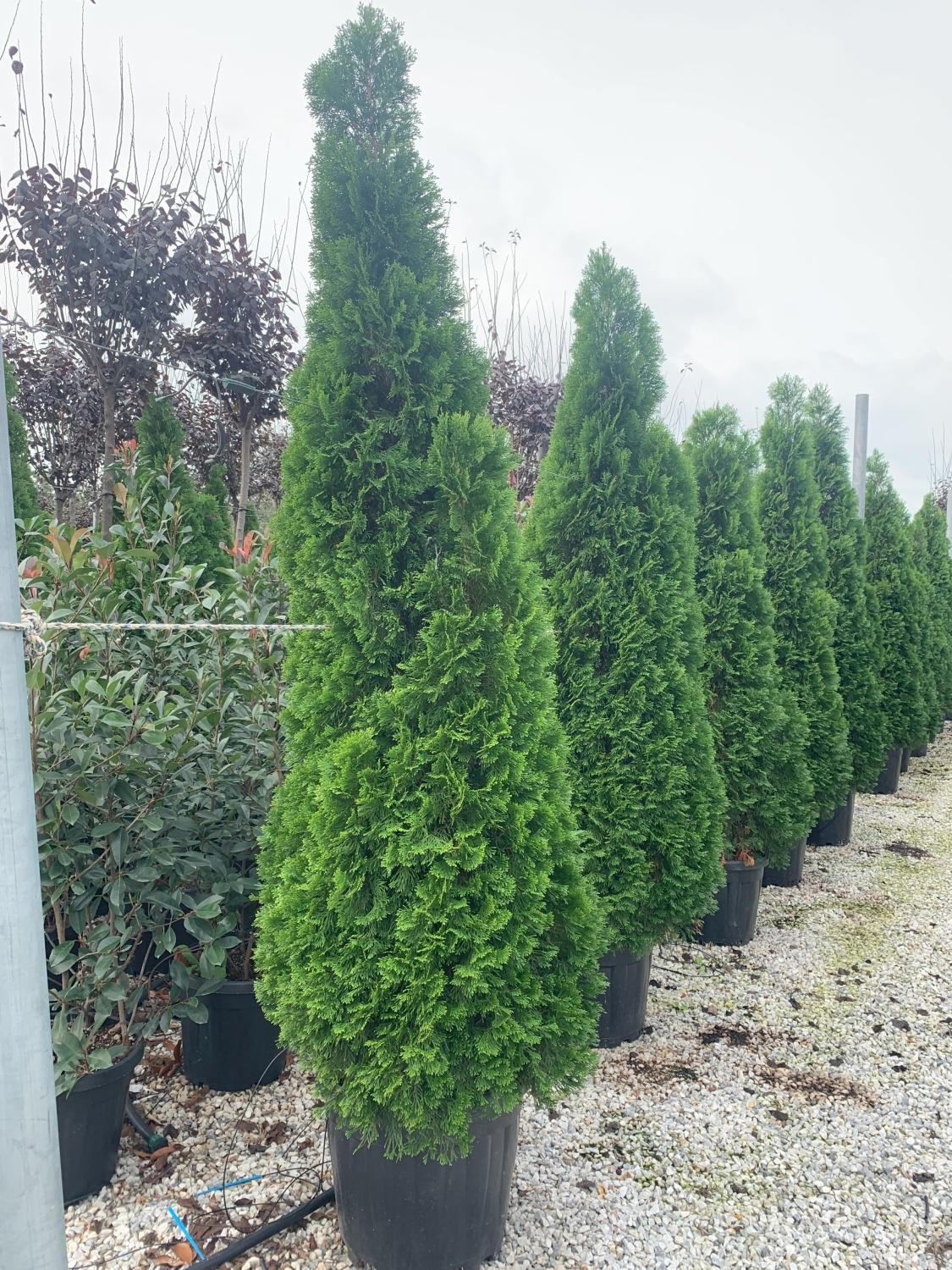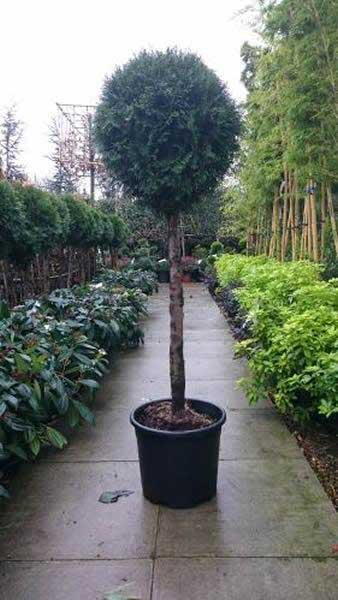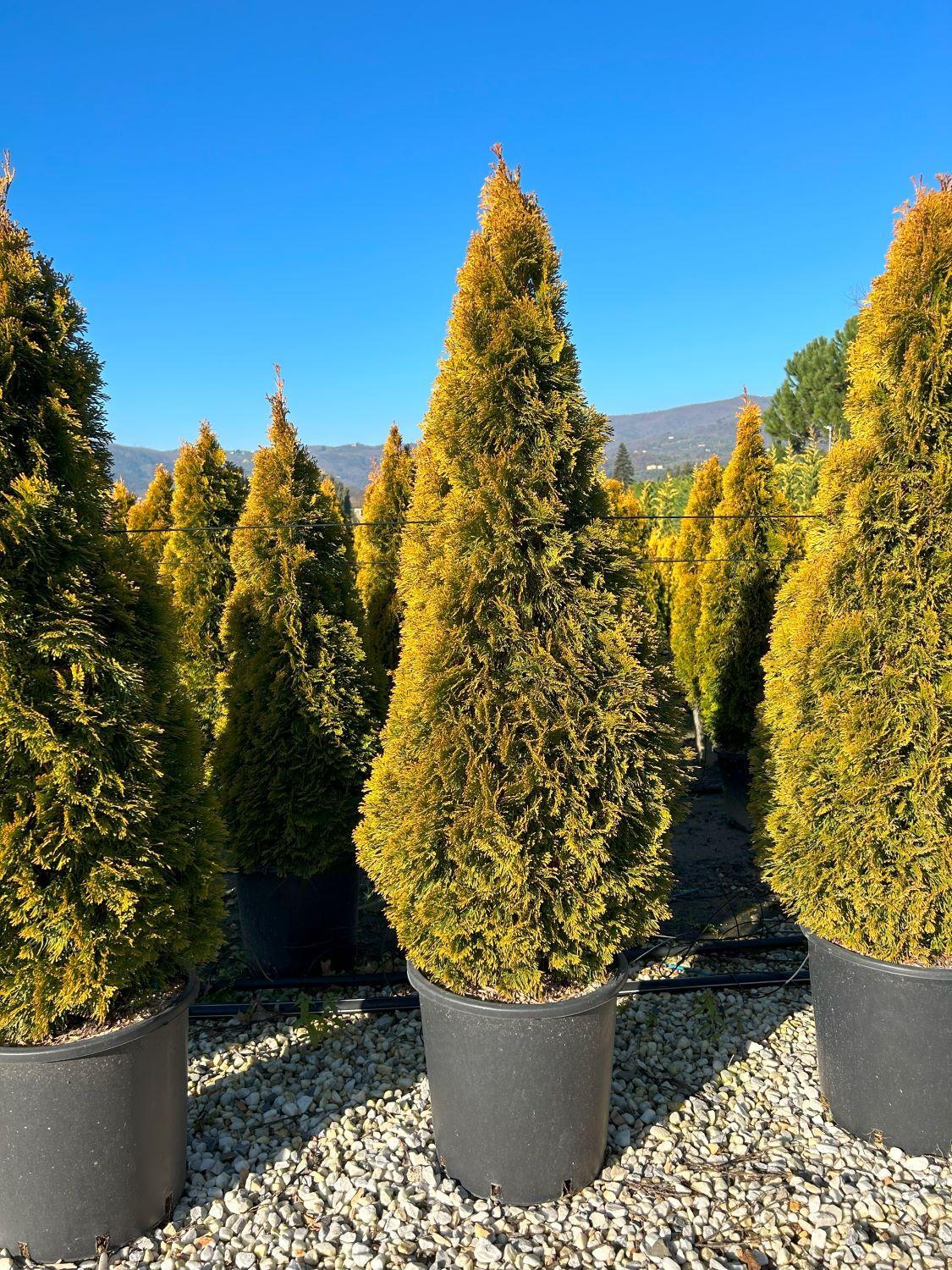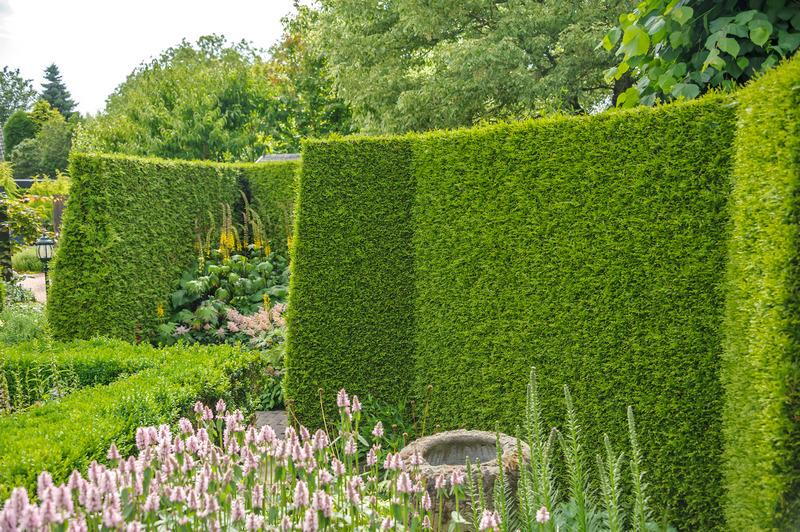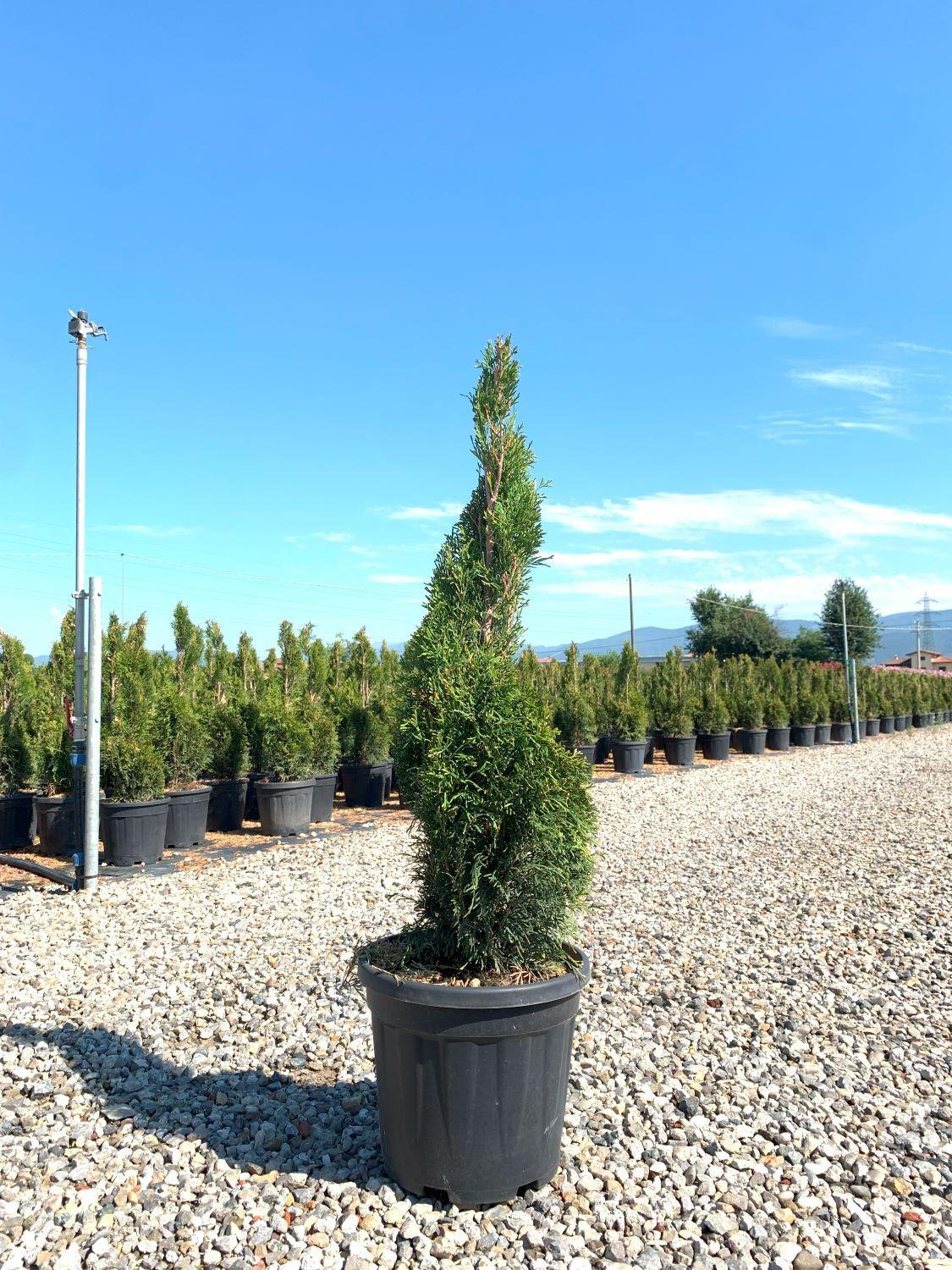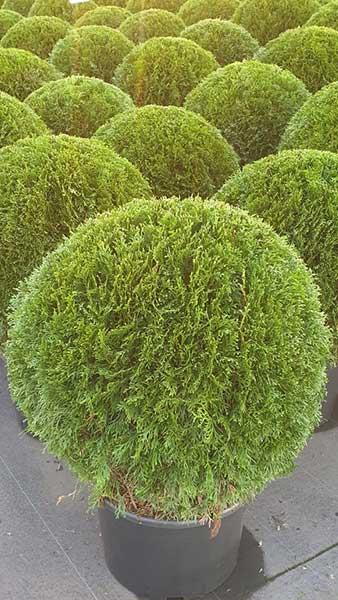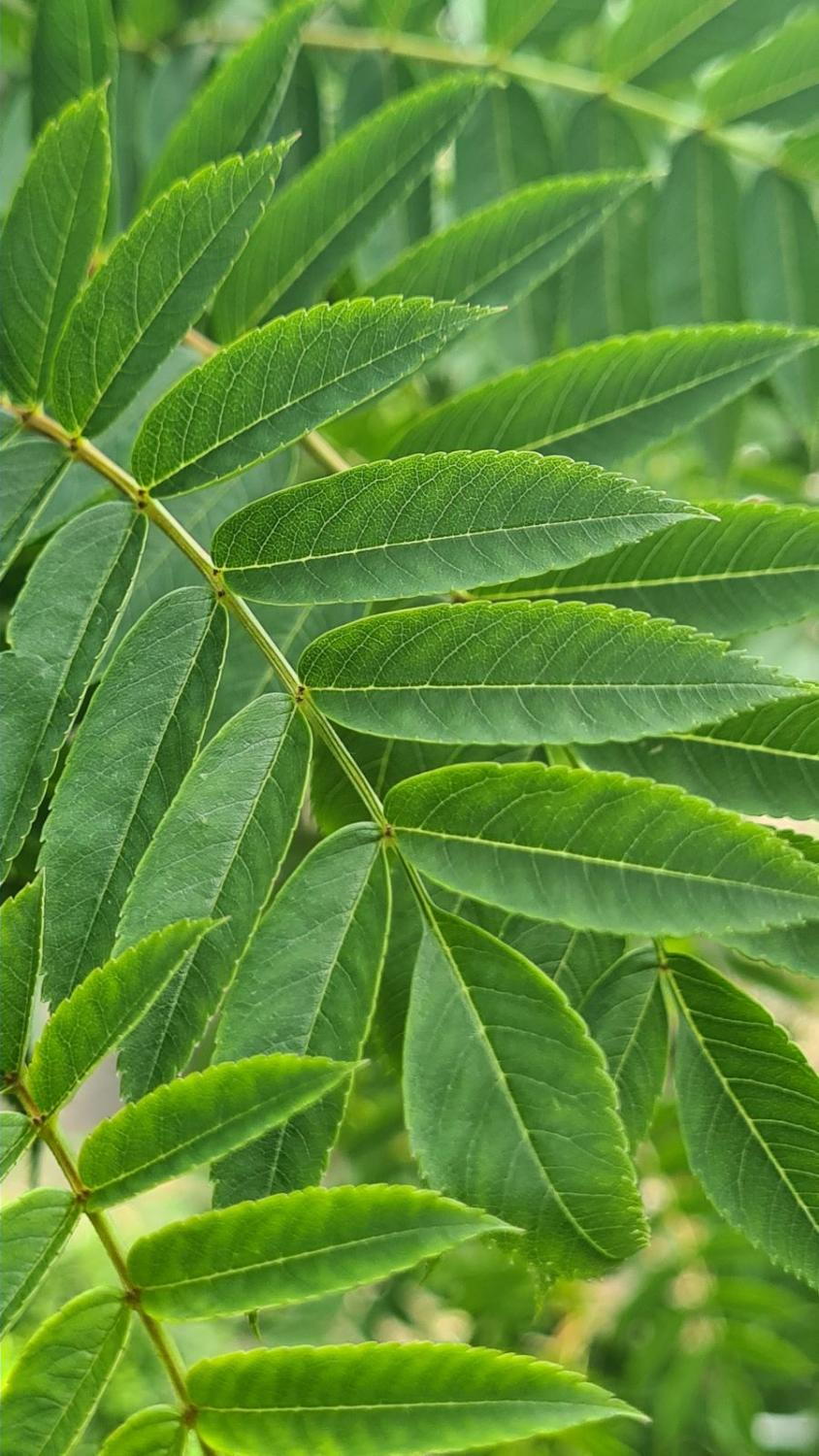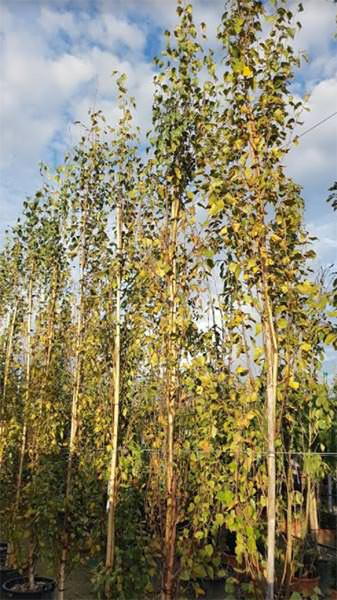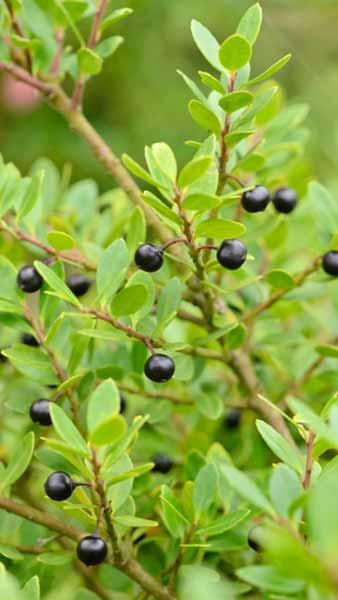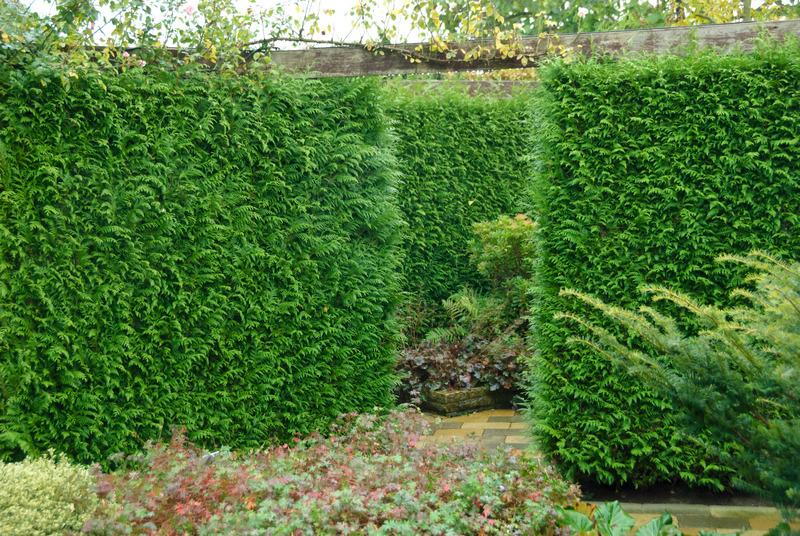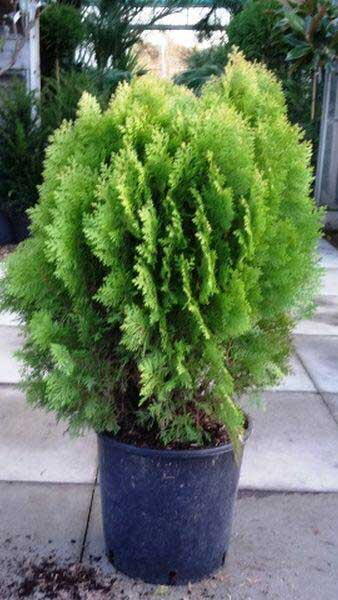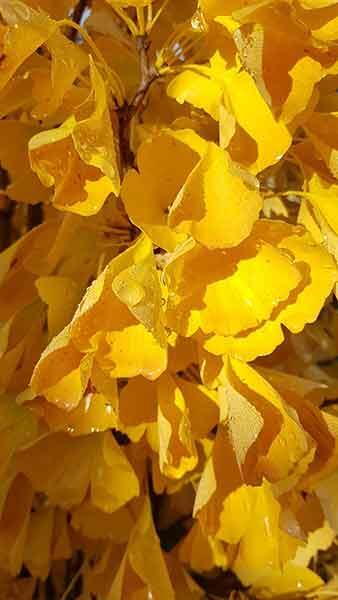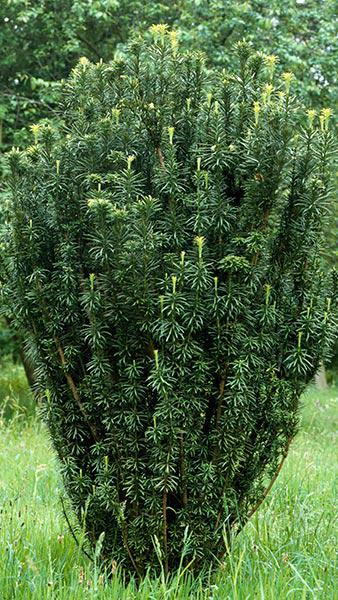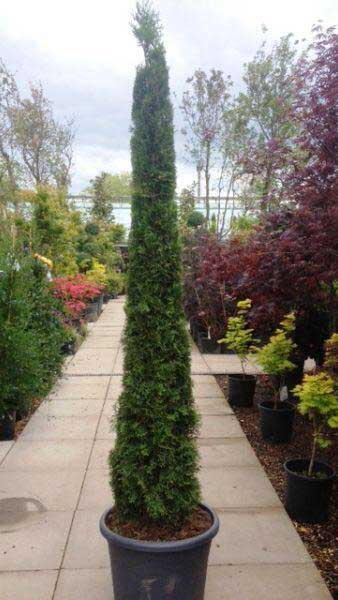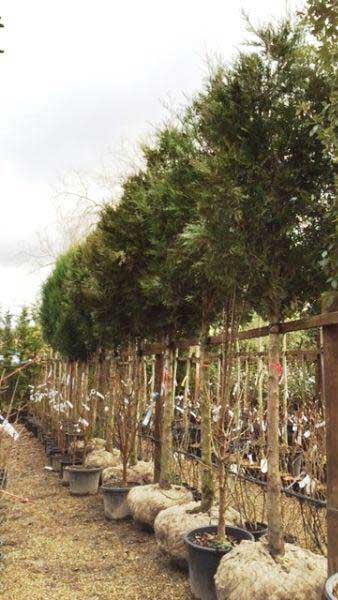Ginkgo biloba Fastigiata Blagon Maidenhair Tree - Columnar
Ginkgo biloba Fastigiata BlagonGinkgo Biloba, or the Maidenhair tree, descends from an ancient family of Ginkgo deciduous conifers, which flourished as far back as 270 million years ago. These fascinating plants of ancient origin have much to offer the modern gardener. Ginkgo biloba Fastigiata Blagon is a case in point. This male, columnar Maidenhair tree variety boasts striking deciduous foliage and an extraordinary narrow, erect form. First discovered in France, this low-maintenance Maidenhair tree is ideal for small gardens, narrow spaces, and avenues.The upright branches of Ginkgo biloba Fastigiata Blagon bear the distinct fan-shaped foliage for the better part of the year. The leaves, which are approximately 4 to 7cm wide, start out as rich green and turn to a splendid golden yellow hue in the autumn. The attractive natural growth habit of this male Maidenhair tree, as well as the iconic foliage that adorns it, ensure this French cultivar commands attention wherever it is planted.Height and Spread of Ginkgo biloba Fastigiata BlagonThis slow-growing columnar tree will be around 8 to 12 metres high, with a spread of 2 to 3 metres once fully mature.How Hardy is Ginkgo biloba Fastigiata BlagonKeeping in mind that the Maidenhair tree belongs to one of the oldest living species on our planet, it is safe to say that these plants are exceptionally robust and resilient. This cultivar is fully hardy in the United Kingdom and will not be bothered by frost or sub-zero temperatures. It is also tolerant of air pollution and generally trouble-free.How To Use Ginkgo biloba Fastigiata BlagonThe narrow, conical form of this Maidenhair tree is one of its most prized qualities. The columnar shape of Ginkgo biloba Fastigiata Blagon is entirely natural and this cultivar maintains its slim shape even in maturity. As a result, it is ideally suited for smaller gardens or to be grown in large pots, perhaps as an addition to a rooftop garden. When planted en masse, this tall and dense cultivar makes a great privacy screen - it is also a wonderful choice for lining avenues.How To Care for Ginkgo biloba Fastigiata BlagonThe resiliency of the Maidenhair trees also reflects on the care requirements. Notoriously undemanding, this fastigiated tree can tolerate almost any condition, from drought to heavy soils and polluted air. Nevertheless, for best results, plant this cultivar in medium-fertile, well-drained but moist soil in full sun.If you are interested in low-maintenance, striking trees, you cannot go wrong with any of the Maidenhair tree varieties. Our selection includes cultivars such as Ginkgo Biloba Eiffel, Ginkgo Biloba Mariken, Ginkgo Biloba Tit (Chi Chi), and Ginkgo Biloba in both multi-stemmed and single stem variants.
